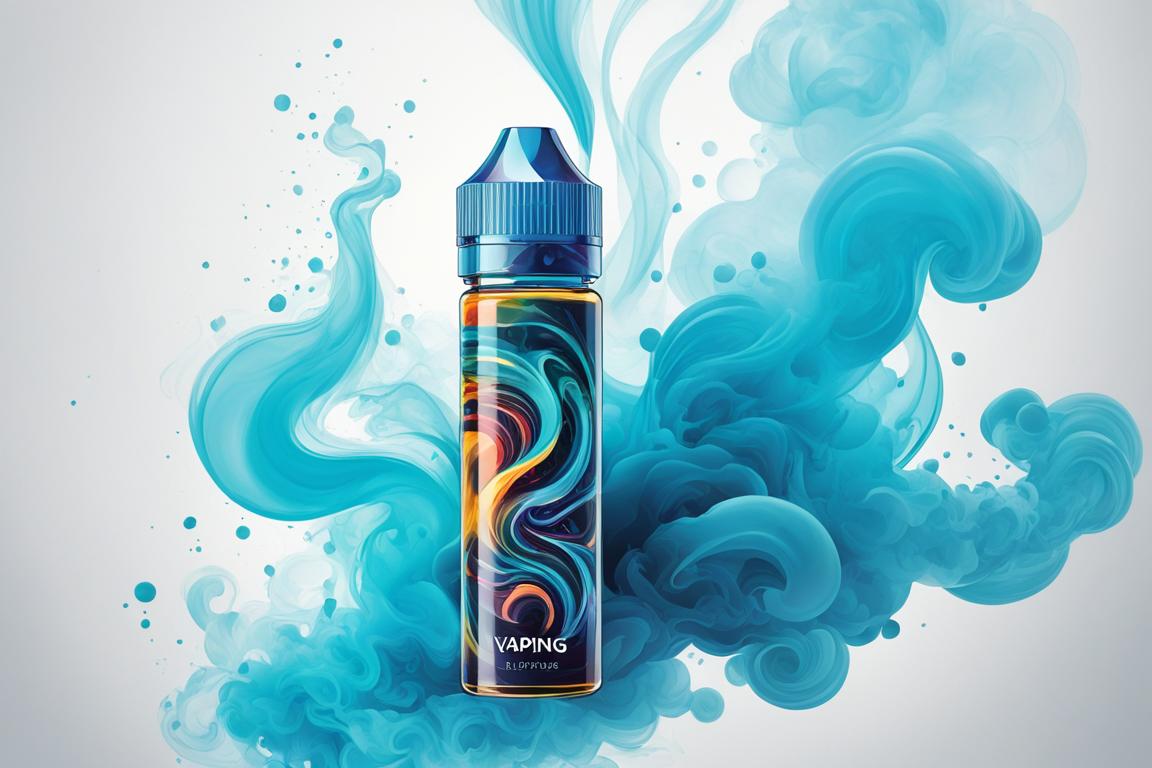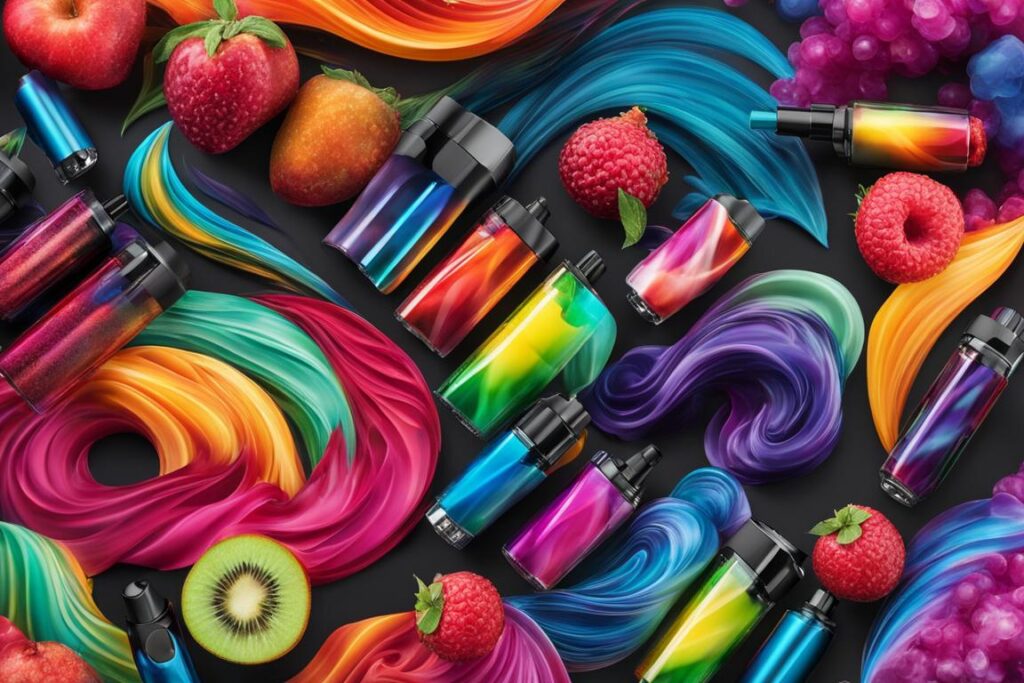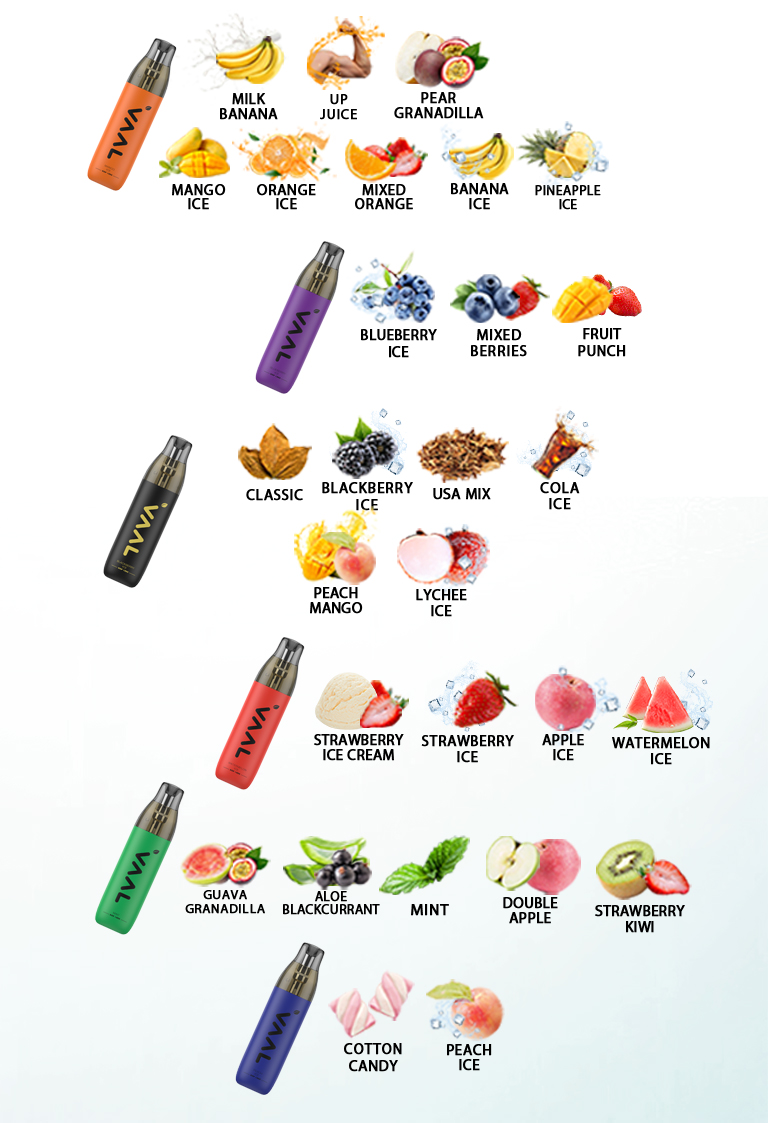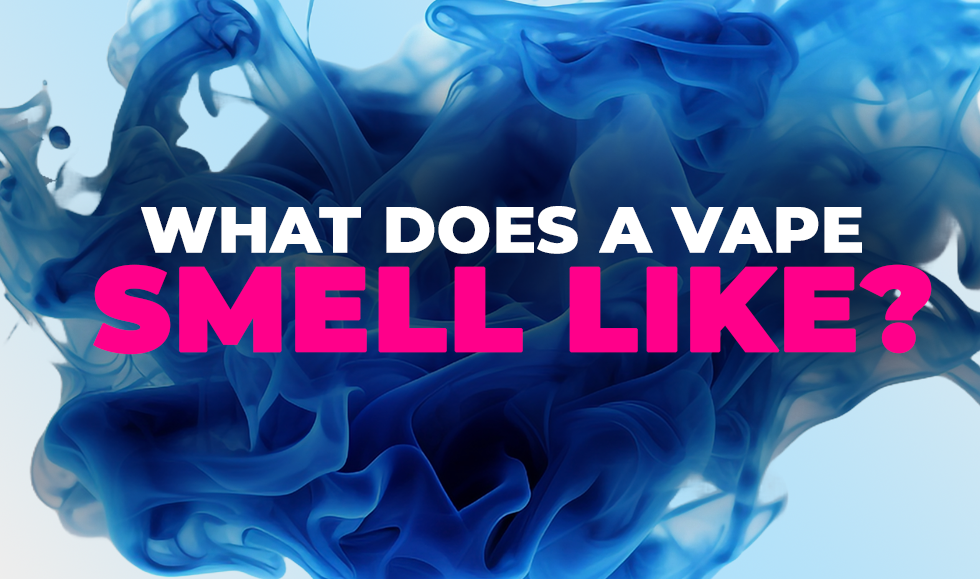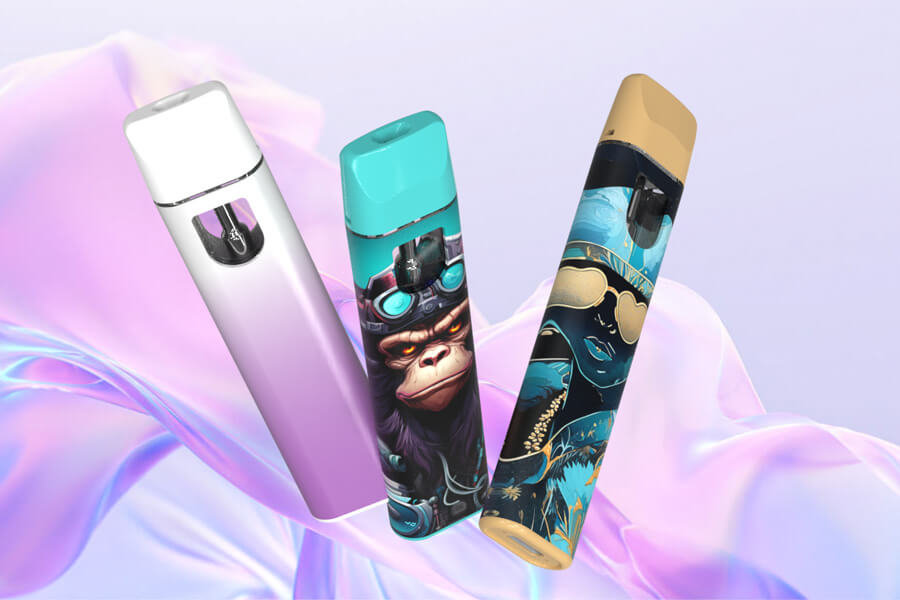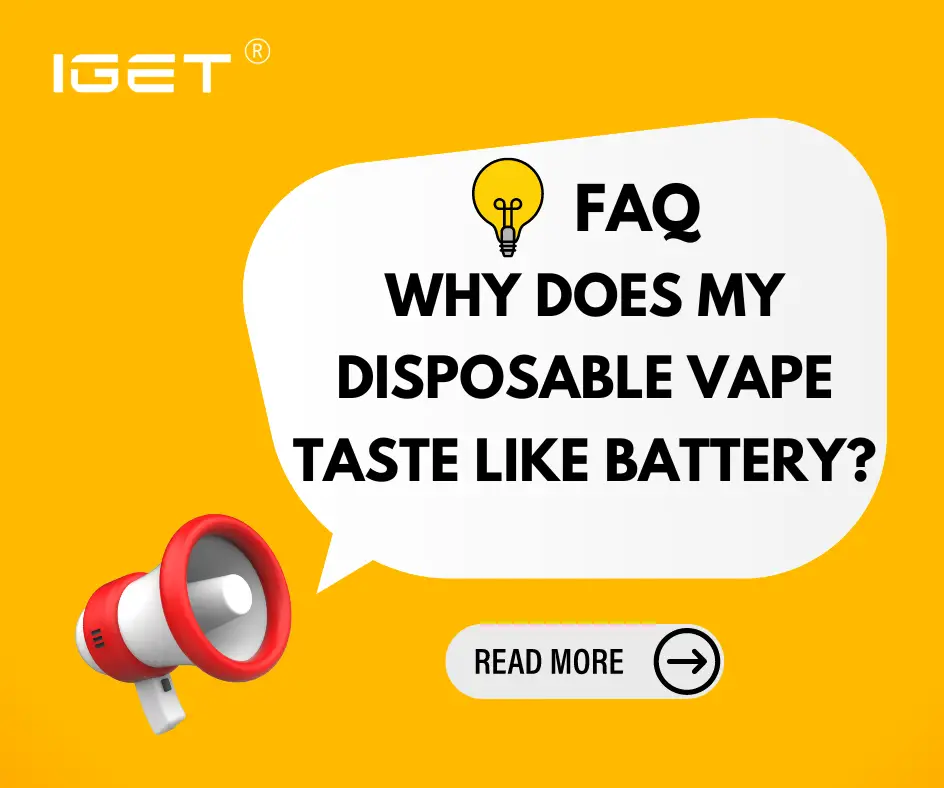What Does Clear Vape Taste Like

The allure of a seemingly innocuous puff has masked a growing concern: the chemical cocktail concealed within clear vape liquids. What exactly are users inhaling when they choose these transparent options, and what implications does this have for their health? The answers are far more complex and potentially damaging than many realize, demanding a closer examination of the ingredients and their effects.
This article delves into the controversial world of clear vape flavors, dissecting their composition, investigating their health risks, and exploring the regulatory landscape surrounding their production and sale. It aims to provide clarity amidst the marketing haze, offering readers a comprehensive understanding of what they are truly consuming when they opt for the 'clean' aesthetic of clear vaping.
Decoding the "Clear" Misconception
The term "clear vape" is largely a misnomer. It suggests purity and simplicity, but in reality, it often signifies a lack of the artificial coloring agents found in many flavored e-liquids.
This absence of color, however, doesn't equate to an absence of potentially harmful substances. Instead, it forces a focus on the underlying ingredients that create the vapor and deliver the intended effects.
What *does* it taste like then? The answer is multifaceted.
The Flavor Profile Puzzle
While the absence of color may suggest neutrality, clear vapes do not lack flavor. The taste profile of a clear vape depends entirely on the specific combination of flavorings used, ranging from fruity and sweet to savory and even tobacco-like.
Manufacturers achieve these flavors through a complex blend of chemicals, often proprietary and undisclosed. Some manufacturers create a "clear" version of their popular flavors to appeal to consumers who equate clarity with purity, even if the ingredients are fundamentally the same.
The base ingredients that make up most e-liquids, including clear ones, are propylene glycol (PG) and vegetable glycerin (VG). These are responsible for producing the vapor itself and carrying the flavorings and nicotine (if present).
Propylene Glycol (PG)
PG is a synthetic liquid that is generally recognized as safe for use in food and cosmetics. However, inhaling heated PG can cause respiratory irritation in some individuals.
It is known to produce a sharper throat hit, mimicking the sensation of smoking traditional cigarettes. PG is often responsible for carrying the majority of the flavor in e-liquids.
Vegetable Glycerin (VG)
VG, derived from vegetable oils, is another common base ingredient. It produces a thicker, denser vapor compared to PG and contributes a slightly sweet taste.
VG is generally considered less irritating than PG, but high concentrations can lead to dehydration and dry mouth.
Clear vapes may have varying ratios of PG and VG, significantly affecting both the vapor production and the perceived taste.
The Hidden Dangers: Beyond the Color
The real concern lies not in the lack of color, but in the chemical compositions of the flavorings themselves. Many flavorings, even those approved for ingestion, have not been thoroughly studied for inhalation.
Research suggests that certain flavoring compounds, such as diacetyl (linked to bronchiolitis obliterans, or "popcorn lung"), and acetyl propionyl, can pose significant respiratory risks when inhaled over long periods.
Furthermore, studies have also detected the presence of metals like nickel, chromium, and lead in e-cigarette aerosols, regardless of the e-liquid’s color. These metals can leach from the heating coil and pose additional health risks.
"While the long-term health effects of vaping are still being investigated, the existing evidence raises serious concerns about the safety of inhaling these chemicals, regardless of whether the e-liquid is clear or colored." - Dr. Maria Rodriguez, Pulmonologist
Regulatory Scrutiny and Consumer Awareness
The regulatory landscape surrounding e-cigarettes and e-liquids is constantly evolving. The FDA has the authority to regulate e-cigarettes, but the process of reviewing and approving new products is slow and complex.
Many flavorings used in e-liquids have not undergone rigorous testing for inhalation safety, leading to calls for stricter regulation and greater transparency. Consumers need access to accurate information about the ingredients in their vaping products to make informed decisions.
This includes demanding detailed ingredient lists from manufacturers and being wary of marketing claims that promote the idea of clear vapes being inherently safer.
The Role of Education
Public health campaigns are essential to educate consumers, particularly young people, about the potential risks associated with vaping. These campaigns should focus on debunking the myths surrounding clear vapes and emphasizing the importance of avoiding all vaping products.
Healthcare professionals also play a crucial role in advising patients about the dangers of vaping and helping them quit.
Parents and educators need to be informed about the signs of vaping and how to talk to young people about the risks.
Looking Ahead: A Call for Greater Transparency
The future of clear vapes, and the broader vaping industry, hinges on increased transparency, stricter regulation, and ongoing research. Consumers deserve to know exactly what they are inhaling, and regulatory agencies must act decisively to protect public health.
Continued scientific research is crucial to fully understand the long-term health effects of vaping, including the specific risks associated with different flavoring compounds.
Ultimately, the pursuit of a seemingly "clean" vaping experience should not come at the expense of one's health. Informed choices, driven by scientific evidence and regulatory oversight, are essential to navigating this complex and evolving landscape. Only then can consumers truly understand the true "taste" and consequences of what they are inhaling.
